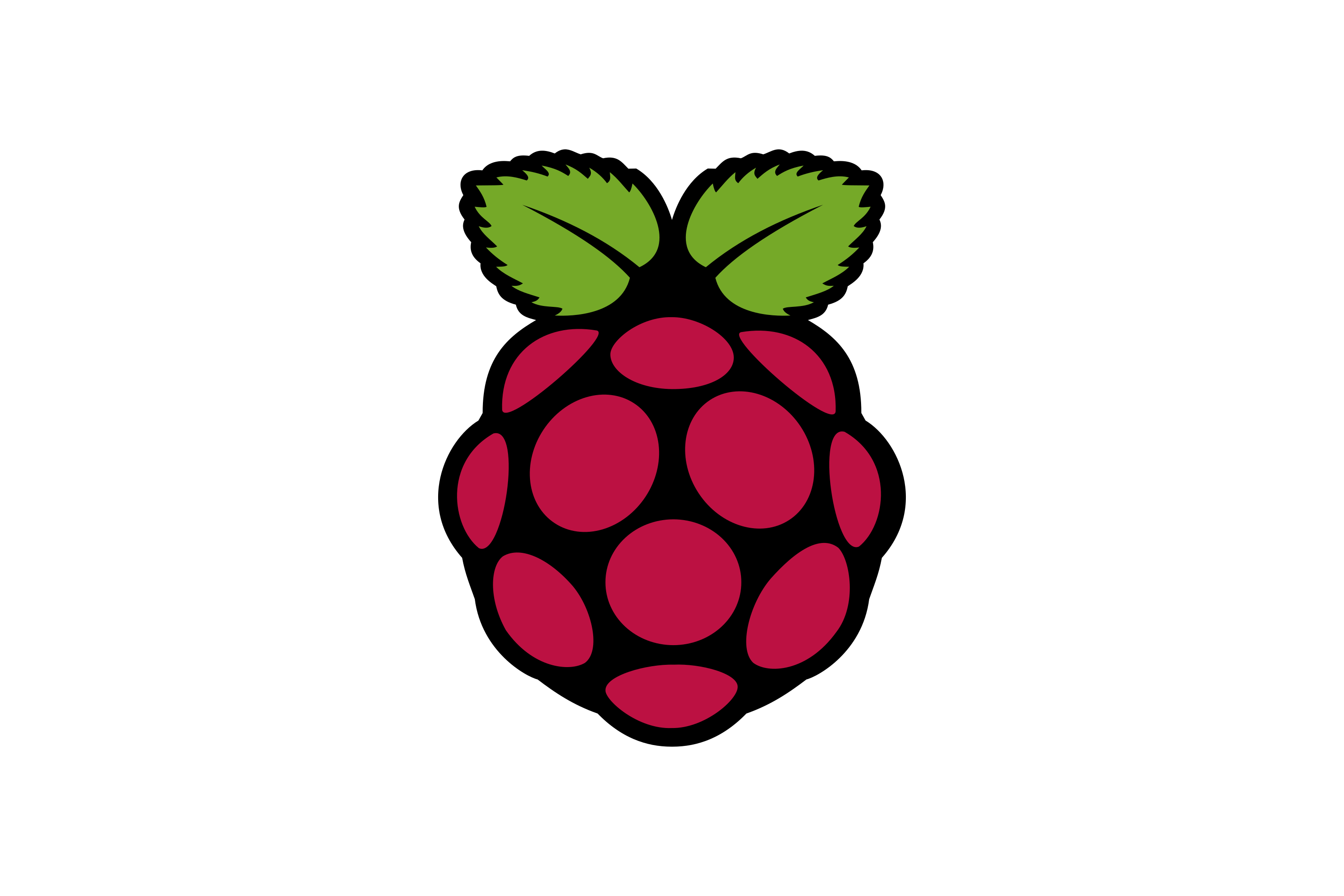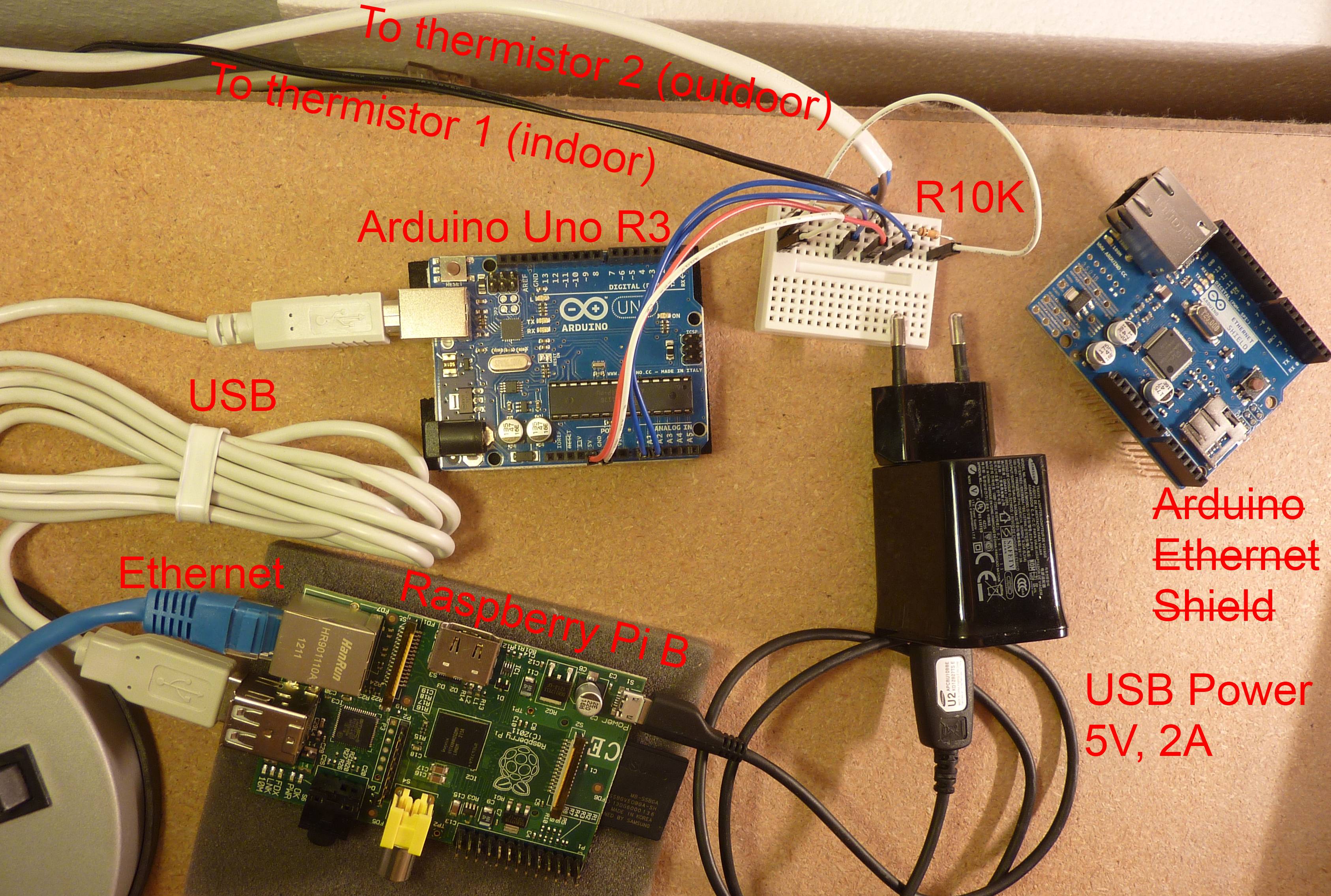Connecting your Raspberry Pi securely to the internet is essential for ensuring both performance and safety. The RemoteIoT P2P download feature offers a seamless way to manage your devices remotely, but understanding how to use it safely is crucial. With cyber threats on the rise, knowing how to securely connect RemoteIoT P2P download Raspberry Pi can prevent unauthorized access and safeguard your data. This guide will walk you through everything you need to know, from setting up your device to troubleshooting common issues.
Whether you're a hobbyist or a professional, Raspberry Pi has become a go-to platform for IoT projects. However, its versatility also makes it a target for malicious actors. This is why integrating secure methods like RemoteIoT P2P into your workflow is vital. RemoteIoT provides a peer-to-peer (P2P) solution that simplifies remote access while maintaining a high level of security. By the end of this article, you'll have a clear understanding of how to implement this technology effectively.
With RemoteIoT P2P, you can download updates, monitor device performance, and manage configurations without exposing your Raspberry Pi to unnecessary risks. This feature is particularly useful for users managing multiple devices across different locations. In the following sections, we'll delve into the specifics of how to securely connect RemoteIoT P2P download Raspberry Pi, explore its benefits, and address common concerns. Let’s get started!
Read also:I Am Legend 2007 Alternate Ending Amp A Different Perspective On Survival
Table of Contents
- What is RemoteIoT P2P and Why Does It Matter?
- How to Set Up RemoteIoT P2P on Raspberry Pi?
- Is RemoteIoT P2P Safe for Raspberry Pi Users?
- Key Benefits of Using RemoteIoT P2P Download
- What Are the Common Challenges When Connecting Securely?
- How Can You Troubleshoot RemoteIoT P2P Issues?
- Best Practices for Securing Your Raspberry Pi
- Frequently Asked Questions About RemoteIoT P2P
What is RemoteIoT P2P and Why Does It Matter?
RemoteIoT P2P (Peer-to-Peer) is a cutting-edge solution designed to simplify remote device management. It allows users to establish secure, direct connections between their devices without relying on traditional client-server models. This is particularly important for Raspberry Pi users who need to manage their devices remotely while ensuring data integrity and security. By using P2P technology, RemoteIoT eliminates the need for complex port forwarding or exposing your Raspberry Pi to public networks, which are common vulnerabilities.
The significance of RemoteIoT P2P lies in its ability to streamline operations. For instance, it enables seamless downloads of updates, configurations, and other essential files directly to your Raspberry Pi. This not only saves time but also reduces the risk of human error. Additionally, the secure nature of P2P connections ensures that your data remains encrypted during transmission, protecting it from potential threats.
Another key aspect of RemoteIoT P2P is its scalability. Whether you're managing a single Raspberry Pi or a fleet of devices, this technology adapts to your needs effortlessly. It also supports real-time monitoring, allowing you to keep track of device performance and address issues proactively. In today’s interconnected world, where IoT devices are becoming increasingly prevalent, tools like RemoteIoT P2P are indispensable for maintaining efficiency and security.
How to Set Up RemoteIoT P2P on Raspberry Pi?
Setting up RemoteIoT P2P on your Raspberry Pi involves a few straightforward steps. Here’s a detailed guide to help you get started:
Step 1: Preparing Your Raspberry Pi
Before you begin, ensure that your Raspberry Pi is properly configured and updated. This includes installing the latest version of the operating system and ensuring that all necessary dependencies are in place. You can update your system using the following commands:
sudo apt update sudo apt upgradeStep 2: Installing RemoteIoT Software
Next, download and install the RemoteIoT software on your Raspberry Pi. Visit the official RemoteIoT website and follow their installation instructions. Typically, this involves running a script or using package managers like apt to install the required components.
Read also:911 Lone Star Cast A Comprehensive Guide To The Stars Of The Hit Tv Series
Step 3: Configuring P2P Settings
Once the software is installed, configure the P2P settings to enable secure connections. This includes setting up authentication credentials, encryption protocols, and defining access permissions. Make sure to use strong passwords and enable two-factor authentication (2FA) for added security.
Step 4: Testing the Connection
After configuration, test the connection to ensure everything is working as expected. You can do this by attempting to remotely access your Raspberry Pi through the RemoteIoT dashboard. Verify that you can securely connect RemoteIoT P2P download Raspberry Pi without any errors.
Tips for a Smooth Setup
- Ensure your Raspberry Pi has a stable internet connection.
- Double-check all configuration files for accuracy.
- Regularly update the RemoteIoT software to benefit from the latest security patches.
By following these steps, you can set up RemoteIoT P2P on your Raspberry Pi with ease, ensuring a secure and efficient remote management experience.
Is RemoteIoT P2P Safe for Raspberry Pi Users?
One of the most common concerns among Raspberry Pi users is whether RemoteIoT P2P is safe to use. The short answer is yes, but understanding the security measures in place can provide peace of mind.
Encryption and Data Protection
RemoteIoT P2P employs robust encryption protocols to protect data during transmission. This ensures that even if someone intercepts the communication, they won’t be able to decipher the information. Additionally, all data stored on the Raspberry Pi remains encrypted, further enhancing security.
Authentication and Access Control
Access to your Raspberry Pi via RemoteIoT P2P is tightly controlled through authentication mechanisms. Users must provide valid credentials, and two-factor authentication (2FA) is highly recommended. This multi-layered approach significantly reduces the risk of unauthorized access.
Regular Security Updates
RemoteIoT continuously releases updates to address potential vulnerabilities and improve overall security. By keeping your software up-to-date, you can ensure that your Raspberry Pi remains protected against emerging threats.
What Are the Potential Risks?
While RemoteIoT P2P is designed to be secure, no system is entirely immune to risks. Some potential concerns include:
- Weak passwords that can be easily guessed or brute-forced.
- Outdated software that lacks the latest security patches.
- Improperly configured firewalls or network settings.
By addressing these risks proactively, you can securely connect RemoteIoT P2P download Raspberry Pi with confidence.
Key Benefits of Using RemoteIoT P2P Download
RemoteIoT P2P offers numerous advantages that make it an attractive choice for Raspberry Pi users. Let’s explore some of the key benefits:
Seamless Remote Access
With RemoteIoT P2P, accessing your Raspberry Pi remotely becomes effortless. You can securely connect RemoteIoT P2P download Raspberry Pi from anywhere in the world, allowing you to manage your devices without being physically present.
Enhanced Security
As discussed earlier, RemoteIoT P2P prioritizes security. Its encryption protocols and authentication mechanisms ensure that your data remains safe from prying eyes. This is particularly important for users handling sensitive information.
Time and Cost Efficiency
By eliminating the need for complex network configurations, RemoteIoT P2P saves both time and money. It reduces the overhead associated with traditional remote access methods, enabling you to focus on more critical tasks.
Additional Advantages
- Scalability to accommodate multiple devices.
- Real-time monitoring and reporting capabilities.
- User-friendly interface that simplifies device management.
These benefits make RemoteIoT P2P an invaluable tool for anyone looking to enhance their Raspberry Pi experience.
What Are the Common Challenges When Connecting Securely?
While RemoteIoT P2P is designed to be user-friendly, users may encounter some challenges when trying to securely connect RemoteIoT P2P download Raspberry Pi. Understanding these challenges can help you address them effectively.
Network Configuration Issues
One of the most common problems is improper network configuration. This can include incorrect firewall settings or issues with NAT traversal. Ensuring that your network is properly configured is crucial for establishing a secure connection.
Software Compatibility
Occasionally, users may face compatibility issues between RemoteIoT P2P and their Raspberry Pi’s operating system. Keeping both the OS and RemoteIoT software updated can mitigate these problems.
Authentication Errors
Authentication errors often arise from weak passwords or misconfigured access permissions. Double-checking your credentials and ensuring that 2FA is enabled can resolve these issues.
How to Overcome These Challenges?
Here are some tips to help you overcome common challenges:
- Consult the RemoteIoT documentation for detailed troubleshooting steps.
- Reach out to their support team for assistance with specific issues.
- Regularly review and update your network and software configurations.
By addressing these challenges proactively, you can ensure a smooth and secure connection.
How Can You Troubleshoot RemoteIoT P2P Issues?
Troubleshooting RemoteIoT P2P issues requires a systematic approach. Here’s how you can identify and resolve common problems:
Step 1: Check Network Connectivity
Ensure that your Raspberry Pi has a stable internet connection. You can test this by pinging a reliable server or website. If the connection is unstable, consider resetting your router or contacting your ISP.
Step 2: Verify Software Installation
Double-check that the RemoteIoT software is correctly installed and up-to-date. Reinstalling the software or applying the latest updates can often resolve unexpected issues.
Step 3: Review Configuration Files
Inspect your configuration files for any errors or inconsistencies. Pay close attention to authentication settings and encryption protocols to ensure they are properly configured.
Additional Troubleshooting Tips
- Enable logging to identify potential issues.
- Use diagnostic tools to monitor network traffic.
- Consult online forums and community resources for additional support.
By following these steps, you can effectively troubleshoot and resolve any issues related to securely connecting RemoteIoT P2P download Raspberry Pi.
Best Practices for Securing Your Raspberry Pi
Securing your Raspberry Pi is essential for protecting your data and ensuring uninterrupted performance. Here are some best practices to keep in mind:
Use Strong Passwords
Always use strong, unique passwords for your Raspberry Pi and any associated accounts. Avoid using default credentials and consider enabling 2FA for added security.
Keep Software Updated
Regularly update your Raspberry Pi’s operating system and all installed software. This ensures that you have the latest security patches and features.
Enable a Firewall
Configuring a firewall can help block unauthorized access to your Raspberry Pi. Use tools like ufw to set up and manage firewall rules effectively.
Other Security Measures
- Disable unused services and ports to reduce the attack surface.

